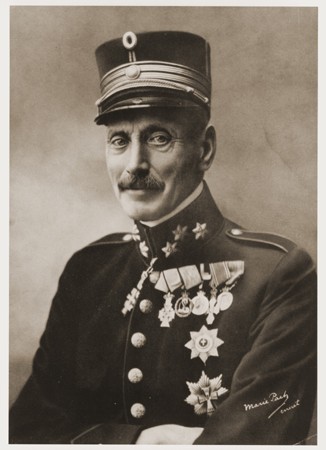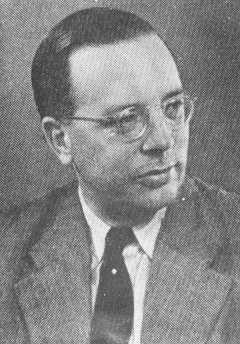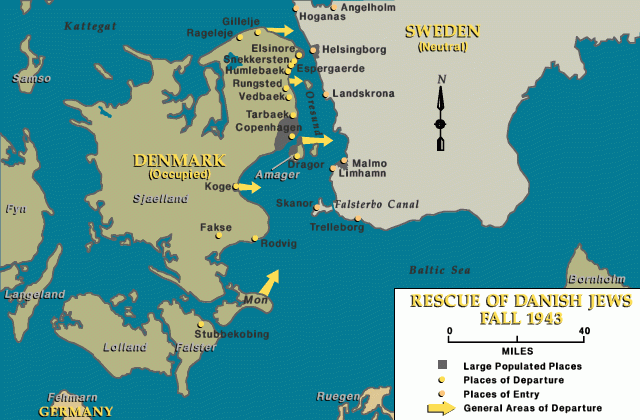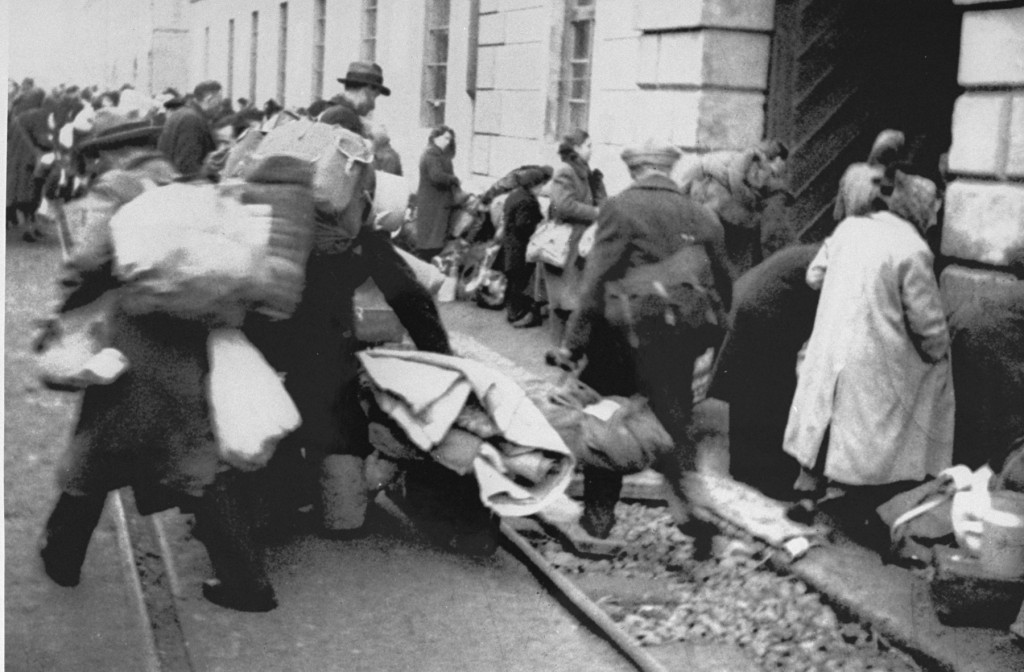
King Christian X of Denmark
Did King Christian X of Denmark wear a yellow star in support of the Danish Jews? Read more about the historical truth behind the legend.
Did King Christian X of Denmark Wear a Yellow Star in Support of the Danish Jews?

No, he did not. According to popular legend, King Christian X of Denmark chose to wear a yellow star in support of the Danish Jews during the German occupation of Denmark. In another version, the Danish people decided to wear yellow stars. Both of these particular stories are fictional. In fact, unlike Jews in other countries under German occupation, Jews in Denmark never wore an identification mark such as a yellow star.
The legend conveys an important historical truth, however: both the King and the majority of the Danish people stood by their Jewish citizens and were instrumental in saving almost all of them from Nazi persecution and death.
Occupation
Soon after they occupied Denmark on April 9, 1940, the Germans imposed unusually mild terms on the country. While they would control Denmark's foreign policy and set delivery quotas of Danish raw materials and foodstuffs, the Germans would not interfere with Denmark's internal affairs. The Danish government continued to govern with consent of the Danish Parliament and the Danes were permitted to maintain an active army and navy. Considering the relatively small Jewish population and the steadfast support most Danes gave to their fellow Jewish citizens, Germany did not push the Danes on the so-called Jewish question.
The ability of the Danish government to run the internal affairs of the country was decisive for the absence of anti-Jewish legislation, which lacked the public support and votes to pass the Danish parliament. The Danish government did not require Jews to register their property and assets, or to give up apartments, homes, and businesses. The Danish authorities did not require Jews to identify themselves, with a yellow star or any other form of identification.
For a number of years, the Danish Jews lived in relative tranquility. The Jewish community continued to function, including holding services regularly, throughout the occupation. The status-quo changed dramatically in August 1943. Danish resistance operations, to which some Danish Jews contributed, had gathered momentum during the spring and summer of that year. Rather than yield to a German demand to prosecute suspected saboteurs in German military courts, the Danish government resigned on August 29, 1943. The German military commander, General Hermann von Hanneken, declared martial law. German authorities arrested Danish civilians, Jews and non-Jews alike, and Danish military personnel.
Under the state of emergency German authorities took direct control over the Danish police and armed forces. Responding to a suggestion from German occupation officials that martial law might be a good opportunity to “solve” the Jewish “question” in Denmark, the German Security Police sent a deportation coordinator to Copenhagen in September to make arrangements.
Rescue

The German plans, were betrayed by German diplomatic officials to Social Democratic delegates in the Danish parliament. Unlike in the rest of western Europe and Norway, the plans foundered on Danish autonomy and the resulting absence of legislation segregating Jews from Danish society.
With encouragement and support from King Christian and the Danish government, Danish resistance groups and thousands of sympathetic citizens launched a national rescue effort, hiding the Danish Jews for several days, smuggling them onto boats of all sizes, and ferrying them across the narrow straits, known as the Øresund, at the southern end of the Kattegat Sound to safety in neutral Sweden.
The Germans were concerned about sparking general revolt in Denmark. They were also short on military and police resources due to the occupation of northern Italy in mid-September, an operation made necessary by the Italian surrender to the Allies on September 8. For these reasons, the Germans did not act decisively to stop the rescue operation.

King Christian X
All the while, King Christian X expressed firm objections to German deportation plans, lending visible moral support and encouragement to his countrymen. Universities closed down to allow students to participate in the rescue efforts. From the pulpits, Danish clergy urged their congregations to help the Jews. By and large, the Danish police refused to cooperate with the German deportation experts.

In the end, the Germans arrested and deported 476 Jews to Theresienstadt, a ghetto and concentration camp in German-occupied Bohemia (now a part of the Czech Republic), where 52 of them died. Even then, the Danish people sent parcels of food and provisions to their Jewish countrymen. The intense public focus generated by constant demands from the Danish Red Cross to visit the Danish Jews in Theresienstadt may well have prevented the Germans from deporting them to the Auschwitz-Birkenau killing center.
The refusal of the Danish authorities to discriminate against the Danish Jews and King Christian's outspoken support of the Jewish community in Denmark has given rise to the apocryphal story that when the Germans required the Jews in Denmark to wear the yellow star, King Christian himself wore a yellow star. Though untrue, the story accurately reflects Christian's opposition to persecuting or removing Denmark's Jewish citizens and residents.
Critical Thinking Questions
Investigate how other national leaders responded to German occupation.
How do apocryphal stories (like the King wore the yellow star) originate? How are they helpful or harmful?
How might the actions, symbolic and otherwise, of national leaders impact the general population?

